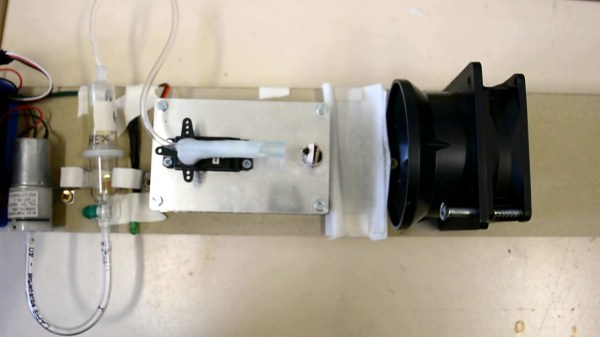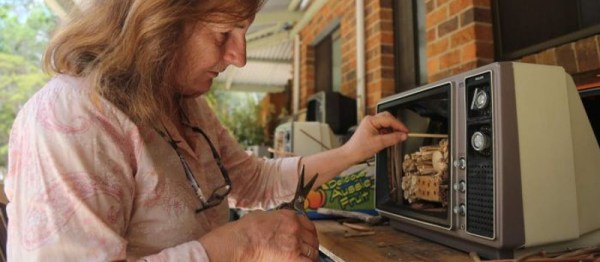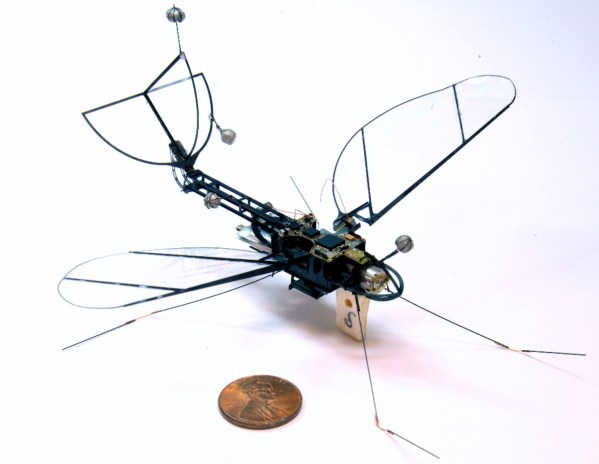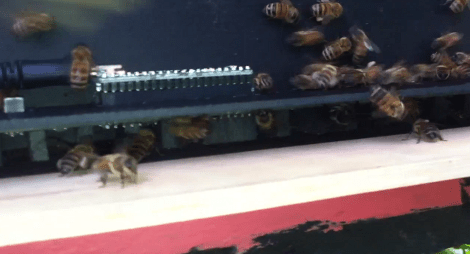In the bustling world of bees, swarming is the ultimate game of real estate shuffle. When a hive gets too crowded or craves a change of scenery, colonies scout out swarms for a new hive. [Captain Flatus O’Flaherty] is a beekeeper trying to capture more native honey bees, and a custom LoRa-enabled capture hive helps him do that.
A catch hive, perched high and mighty, lures scouting as potential new homes. If selected, a swarm of over a thousand bees can move in, where [Flatus]’s detector comes in. Many catch hives are scattered around, and manually checking them is difficult. While the breath of one bee is hard to see, a thousand bees produce enough CO2 to be detected by a sensor. A custom PCB with a solar-powered +30dB LoRa radio measures CO2 and reports back. The PCB contains an ESP32 D4 and a 1-watt Ebyte E22-400M30S LoRa module. If the CO2 levels are still elevated at nightfall, [Flatus] can be pretty confident a swarm has moved in.
Using the data collected, he massaged it to create a dataset suitable for training on XGBoost. With weather data and other conditions, the model tries to predict when a swarm is more or less likely to happen. Apis Mellifera (the local honeybee around [Flatus]) loves sun-kissed, warm, humid afternoons with little wind.
We’ve seen beehive monitors before and love exploring what the data could be used for—video after the break.
Continue reading “2023 Hackaday Prize: Two Bee Or More Bee Swarm Detection”


















